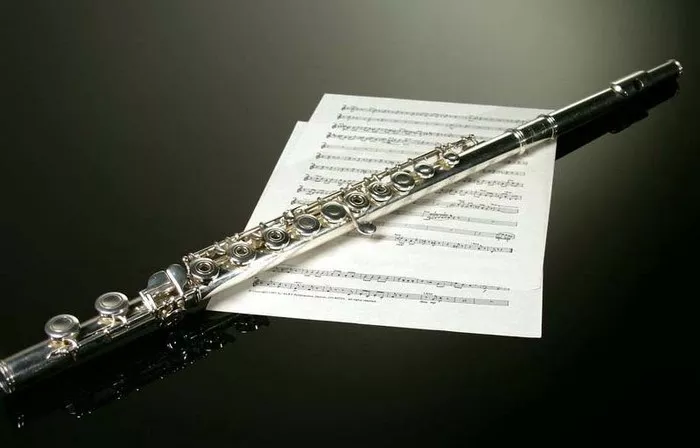The Peruvian flute, with its rich cultural heritage and distinctive sound, offers a unique musical experience for players and listeners alike. Whether you’re a beginner fascinated by Andean music or an experienced musician looking to explore new horizons, this comprehensive guide will provide you with valuable insights and tips on how to play the Peruvian flute.
1. Understanding the Peruvian Flute:
The Peruvian flute, often referred to as the “quena,” is a traditional Andean wind instrument that predates the Incan civilization. Crafted from materials such as bamboo, wood, or ceramic, the quena features a distinctive notch mouthpiece and six finger holes. Its design contributes to the hauntingly beautiful tones that have made it a staple in Andean music.
2. Holding the Quena:
Begin by holding the quena with both hands, ensuring that your left hand is positioned towards the top, close to the mouthpiece. The thumb and index finger of your left hand will cover the upper three holes, while the other three fingers cover the remaining holes. Your right hand will be positioned towards the bottom of the quena, covering the bottom three holes with the corresponding fingers. Maintaining a relaxed yet controlled grip is essential for achieving clarity and precision in your playing.
3. Mastering the Embouchure:
The embouchure, or the way you shape your mouth around the notch mouthpiece, significantly influences the sound produced by the quena. Create a small opening with your lips, and place the notch against your lower lip. Experiment with the angle and pressure until you produce a clear, resonant sound. Finding the right embouchure may take some practice, so be patient and make subtle adjustments until you achieve the desired tone.
4. Learning the Basic Fingerings:
The quena’s six finger holes produce different pitches when covered or uncovered. Begin by learning the basic fingerings for the natural scale. Practice playing ascending and descending scales to familiarize yourself with the instrument’s range. As you become more comfortable, explore additional fingerings to expand your repertoire and play different musical modes commonly found in Andean music.
5. Exploring Andean Scales and Modes:
Andean music is characterized by unique scales and modes that contribute to its distinctive sound. The quena is often played in pentatonic scales, such as the diatonic scale, which is commonly used in traditional Andean melodies. Familiarizing yourself with these scales and modes will enable you to authentically capture the essence of Andean music in your playing.
6. Understanding Ornamentation Techniques:
Ornamentation is a crucial element in Andean music, adding flair and expressiveness to the melodies. Common ornamentation techniques for the quena include trills, grace notes, and slides. Experiment with incorporating these techniques into your playing, starting with simple embellishments and gradually adding more complexity as you become more proficient.
7. Developing Breath Control:
Achieving a beautiful and sustained tone on the quena requires effective breath control. Practice long tones, focusing on maintaining a steady and controlled stream of air. Experiment with varying the intensity and speed of your breath to create dynamics and nuances in your playing. Developing strong breath control will enhance your ability to convey emotion and expression through the quena.
8. Playing Traditional Andean Melodies:
Once you have a solid foundation in the basics of quena playing, explore traditional Andean melodies. Start with simple tunes and folk songs, gradually progressing to more complex compositions. Listening to recordings of skilled quena players and immersing yourself in Andean music will provide inspiration and guidance as you work on mastering traditional melodies.
9. Experimenting with Improvisation:
Improvisation is a central element of Andean music, allowing musicians to express their creativity and individuality. As you become more familiar with the quena and traditional melodies, experiment with improvising within the context of Andean scales and modes. Improvisation is a skill that develops over time, so embrace the opportunity to explore and create your own musical phrases.
10. Recording and Listening to Yourself:
Recording your playing is a valuable practice for self-assessment and improvement. Listening to recordings of your quena playing will help you identify areas for refinement, such as intonation, articulation, and dynamics. It also allows you to track your progress and celebrate your achievements as you continue to develop your skills on the Peruvian flute.
11. Seeking Guidance from Experienced Players:
While this guide provides a solid foundation for playing the Peruvian flute, seeking guidance from experienced quena players is invaluable. Joining a community of musicians, attending workshops, or taking lessons from a skilled instructor can offer personalized feedback and guidance tailored to your specific needs. Learning from experienced players will enrich your understanding of Andean music and help you refine your technique.
See Also: A Beginner’s Guide to Playing the Wooden Flute with 6 Holes
In conclusion
Playing the Peruvian flute is a rewarding and culturally enriching journey. By understanding the instrument’s design, mastering essential techniques, exploring Andean scales and modes, and incorporating ornamentation and improvisation, you’ll be well on your way to unlocking the unique and captivating sounds of the quena. Embrace the beauty of Andean music, and let the Peruvian flute guide you on a musical adventure filled with tradition, expression, and creativity.


